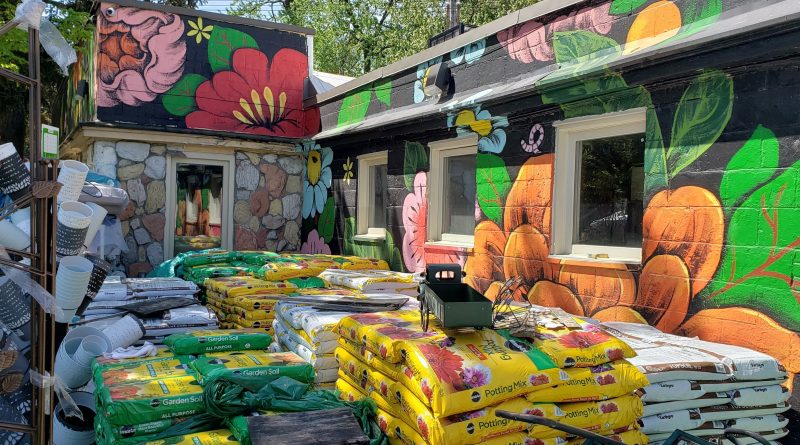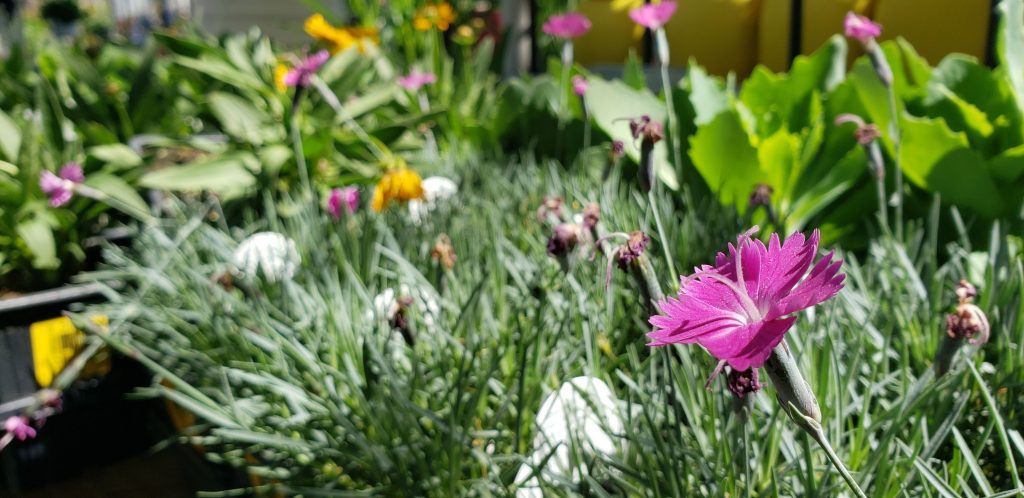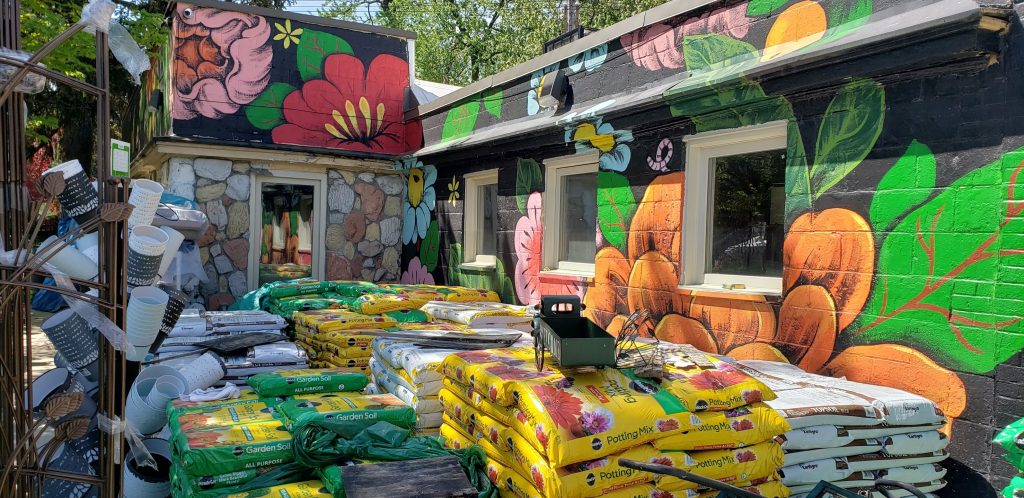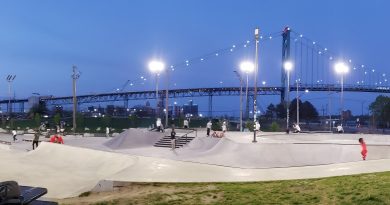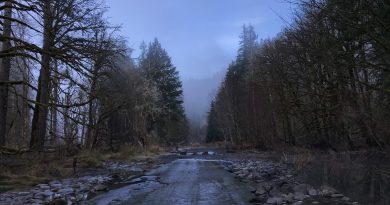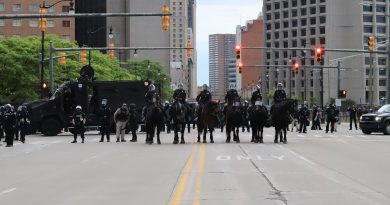New Grand River Streetscaping: Safer, Slower, Greener
For those unfamiliar with the layout of the Motor City, Grand River Avenue is a central spoke of the city’s street grid. The street goes the whole way from downtown to the northwestern city limits (and, inevitably, Lansing, and on to what Michiganders call the “West Coast,” by way of US-12). Cutting through Detroit’s west side, it ranges from Grand indeed downtown (specifically thinking about the Grand Army of the Republic building across from Beacon Park) to pretty destitute (I’m thinking about the intersection with Livernois, which looks like Any Suburban Strip Mall Intersection In The United States). In the city, the street “ends” in Old Redford and Grandmont-Rosedale, two noble, older neighborhoods of the west side. New streetscaping improvements are a welcome investment in a neighborhood whose major corridor has been battered by recent gun and traffic violence.

From Nefarious River To Gentle Stream
Grand River splits the neighborhood as essentially a high-speed thoroughfare that is rather inhospitable to the idea of walkable, street-level business. Though plenty occupy the strip, it’s not exactly a destination for sidewalk cafés. This has nothing to do with the neighborhood’s purchasing power (North Rosedale Park being one of the city’s few upper-middle-income neighborhoods) but rather with a question of urban design. The new streetscaping improvements are part of citywide interest in neighborhood-level investment alongside improvement in traffic safety. Paring down the travel lanes on what was previously a 7-9-lane street has created space for medians and new, painted crosswalks (they’re not raised crosswalks, but we’ll take it!), and even bike lanes.
There are even new street trees– remember that street trees are actually proven to improve both public safety and traffic safety. I’m hoping that this is an improvement for not only traffic safety but also for economic development.
Ecologies of Urban Design And, Well, Actual Plants
On our recent trip, we also stopped at The Garden Bug, a mom-and-pop garden shop owned by Tina Castleberry, a Detroit and Highland Park native. The shop, open around half of the year, sells a wide range of plants, soil, ornamental garden items, and other gardening supplies. I picked up three different kinds of coneflowers (a.k.a. echinacea), some coral bells (heuchera, for our shady side yard), plus some odds and ends. It is indeed Grand™ to not have to shop at Home Depot, and even though some prices are going to be higher (on topsoil and compost, specifically), other prices actually ended up being lower (plants and a $10 fire truck red sprayer to replace our ratchet Gilmour brand nozzle).
From Our Friends At Bplant: Learn more about the Maumee Lake Plain Bioregion and the things that grow here.
Looking for an alternative to big box store garden centers? The Garden Bug is located at 18901 Grand River Avenue, Detroit, MI 48223. If you’re looking for an alternative to Amazon, stop in at Pages Bookshop. Support Black-owned and local business, and support local journalism!

